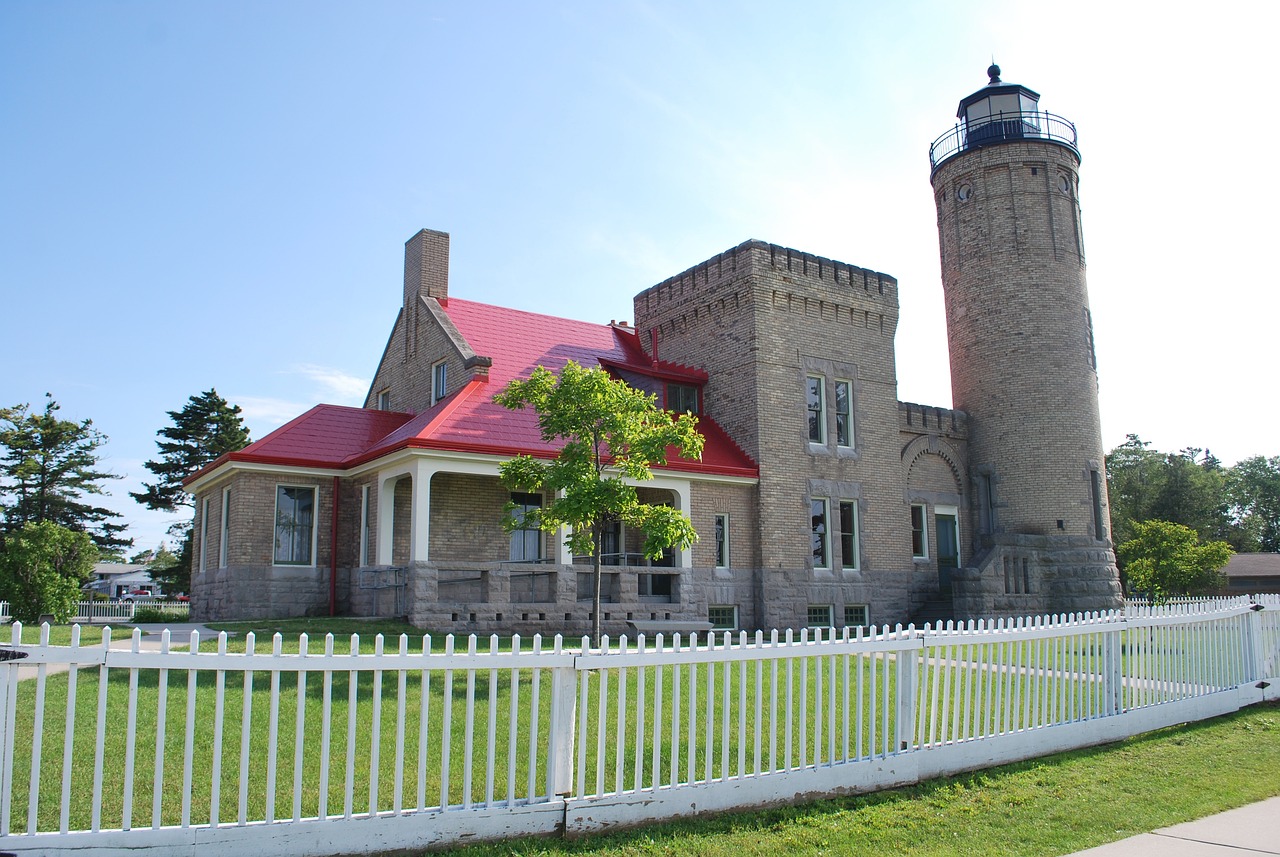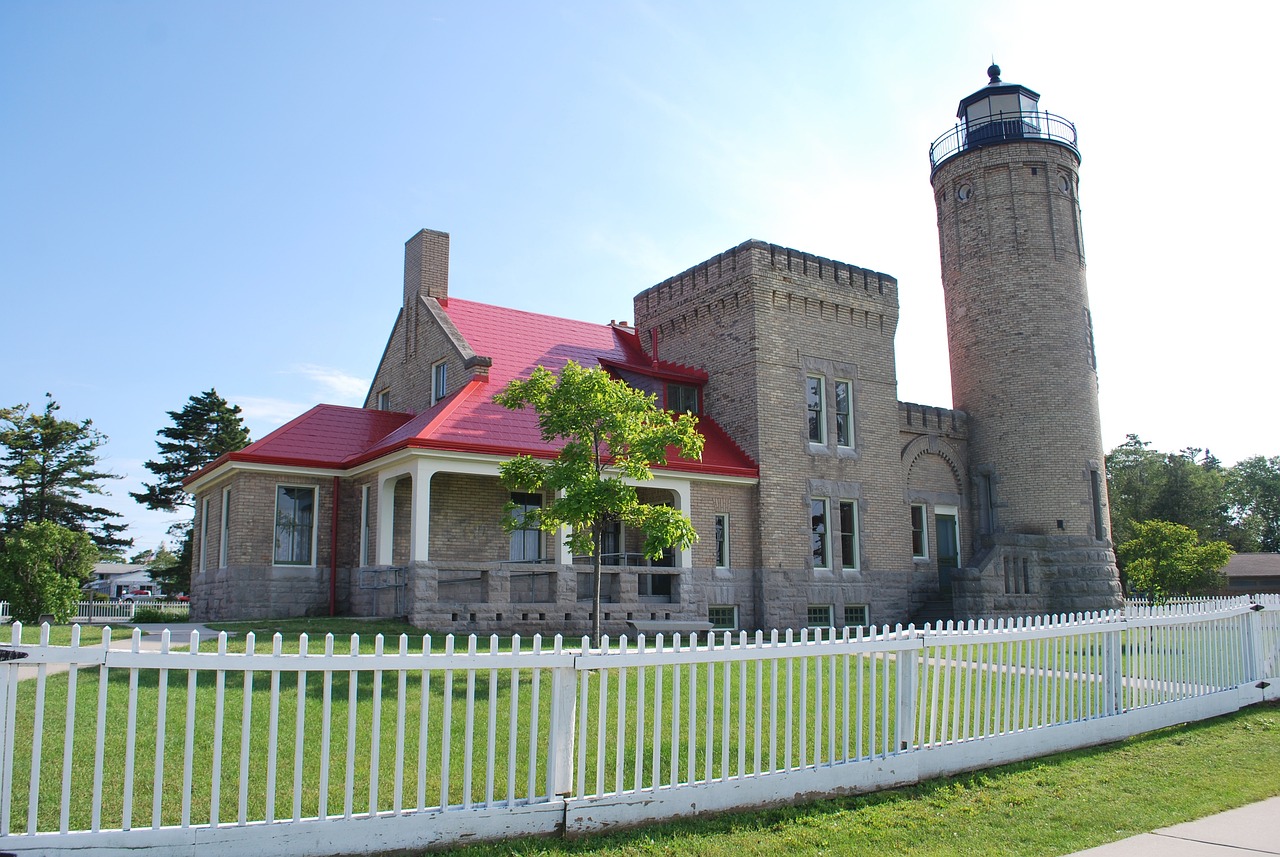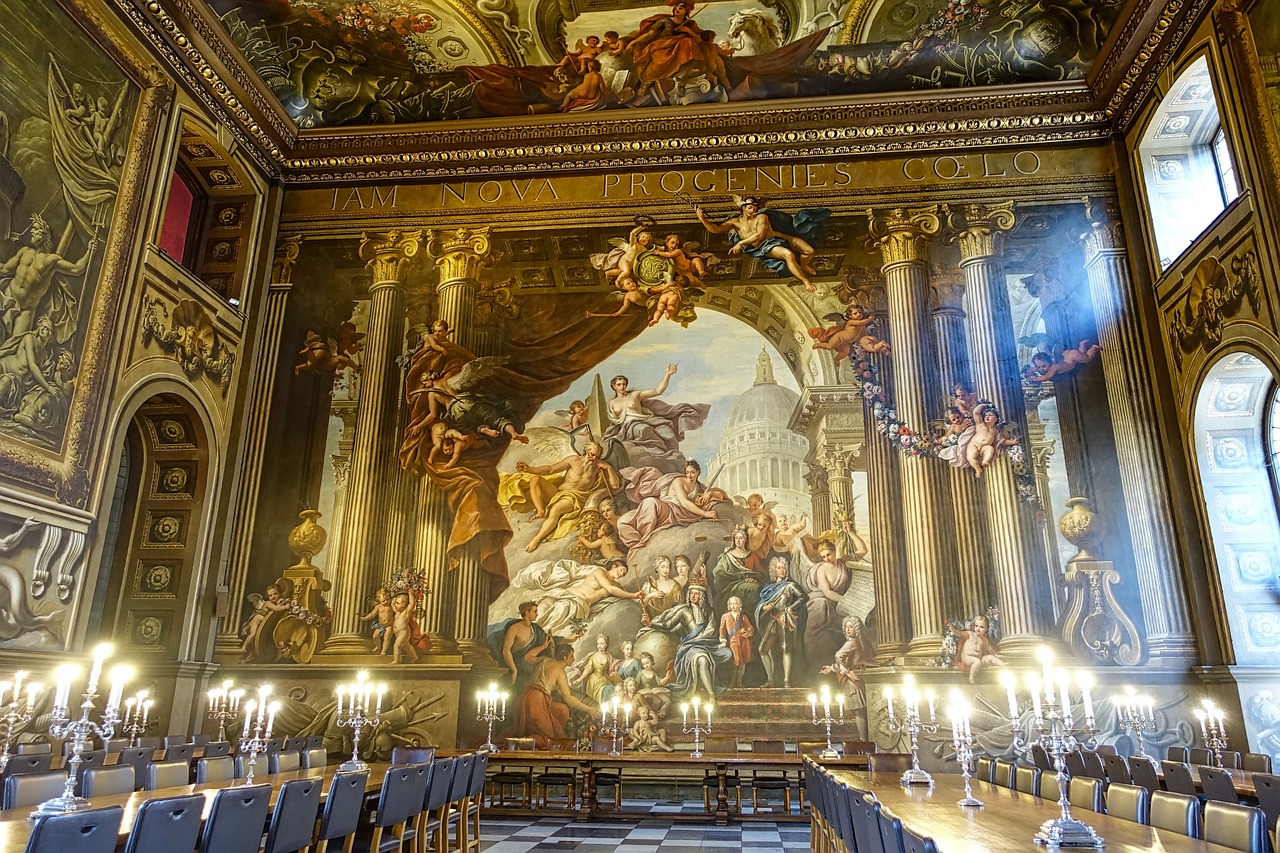Table of Contents
Amidst the roar of crashing waves and the haunting cries of seabirds, a solitary figure stands watch in a towering lighthouse, tending to a beacon that has guided countless ships to safety over the years. Lighthouse keepers, often unsung heroes of maritime history, played a vital role in ensuring the safety of sailors and the preservation of coastal communities. In this article, we shine a light on the life and indispensable role of these dedicated individuals who served as the keepers of the coast.
Amidst the roar of crashing waves and the haunting cries of seabirds, a solitary figure stands watch in a towering lighthouse, tending to a beacon that has guided countless ships to safety over the years. Lighthouse keepers, often unsung heroes of maritime history, played a vital role in ensuring the safety of sailors and the preservation of coastal communities. In this article, we shine a light on the life and indispensable role of these dedicated individuals who served as the keepers of the coast.
The Isolation of the Lighthouse Keeper
The life of a lighthouse keeper was one of solitude and steadfast commitment. These individuals resided in remote and often harsh coastal locations, cut off from the hustle and bustle of urban life. Their isolation was both a challenge and a source of strength. It allowed them to focus unwaveringly on their duty, ensuring that the lighthouse beacon remained a reliable guide for mariners navigating treacherous waters.
The Daily Rituals and Challenges
The routine of a lighthouse keeper was marked by a series of meticulous tasks. These dedicated individuals had to maintain the lamp and lens system of the lighthouse, ensuring it emitted a beacon of light that could be seen for miles. They would climb the winding stairs to the lantern room, often in adverse weather conditions, to clean and refuel the lamp. The precision required in these tasks was critical; a single misstep could have dire consequences for ships at sea.
In addition to their duties with the lighthouse apparatus, keepers had to be weather observers and often communicated weather conditions to nearby stations or ships, providing vital information for safe navigation. Their isolation required them to be self-reliant, as they were responsible for growing their food, maintaining their living quarters, and weathering the challenges of life in remote coastal locations.
The Lighthouse as a Symbol of Safety and Hope
Lighthouses were more than utilitarian structures; they were symbols of safety and hope. To sailors at sea, the sight of a distant lighthouse beacon represented a lifeline, a guiding light in the darkest of nights or the densest of fogs. For coastal communities, lighthouses stood as steadfast guardians, protecting not only the ships but also the livelihoods and well-being of those who depended on the sea.
Legacy and Recognition
Although the role of the lighthouse keeper has largely faded into history due to technological advancements, their legacy endures. Many lighthouse stations have been preserved as historical landmarks, serving as a testament to the dedication and sacrifice of those who tended to them. Efforts are made to honor the memory of lighthouse keepers and the vital role they played in maritime history.
In conclusion, the life of a lighthouse keeper was a solitary and challenging one, marked by unwavering commitment to the safety of sailors and the preservation of coastal communities. These individuals, often forgotten in the annals of history, were the unsung heroes who ensured that the guiding lights along our coasts remained a beacon of hope and safety for generations of mariners. Their legacy continues to inspire and remind us of the profound impact of dedication and duty in the face of isolation and adversity.
Should you desire more in-depth information, it’s available for your perusal on this page: (H)our History Lesson: Kate Walker, Lighthouse Keeper and Hero of …
The Guardians of the Light
Lighthouse keepers were entrusted with the critical task of maintaining and operating lighthouses. These iconic beacons illuminated treacherous coastlines, rocky shoals, and perilous waters, offering mariners a guiding light through the darkest of nights and the thickest of fogs.
Their responsibilities were multifaceted. Keepers had to ensure that the light’s mechanism was in perfect working order, that the lamp was fueled, and that the lens or reflectors were clean and aligned to produce a clear and distinctive light pattern. They also kept meticulous records of weather conditions, maintenance activities, and ship sightings.
Lighthouse keepers were the unsung heroes of the maritime world, entrusted with a sacred duty that extended far beyond simply maintaining and operating these iconic beacons. Their role was nothing short of lifesaving, as they stood as unwavering sentinels along treacherous coastlines, rocky shoals, and perilous waters, offering mariners a guiding light through the darkest of nights and the thickest of fogs. The responsibilities they bore were as multifaceted as the ocean itself, and their commitment to duty was unwavering.
At the heart of a lighthouse keeper’s responsibilities was the preservation of the light’s reliability. They had to ensure that the intricate mechanisms, which powered the brilliant beams, were in perfect working order. This entailed a deep understanding of the mechanical intricacies of the lighthouse, as well as the ability to troubleshoot and repair any issues that arose. To keep the light shining brightly, they meticulously maintained the lamp, ensuring it was adequately fueled and ready to pierce through the darkness at a moment’s notice.
But it didn’t stop there. Keepers were also the custodians of the lighthouse’s optics. They diligently cleaned and maintained the lenses or reflectors, meticulously aligning them to produce a clear and distinctive light pattern that would distinguish their lighthouse from others along the coast. This precision was essential to guide ships safely to their destinations, preventing countless tragedies at sea.
In addition to their technical duties, lighthouse keepers were meticulous record-keepers. They documented a wealth of information, from weather conditions to maintenance activities, and even recorded sightings of passing ships. These meticulous logs not only served as a historical record of the lighthouse’s operation but also provided valuable data for mariners navigating the waters nearby.
The role of a lighthouse keeper was not for the faint of heart. They often endured isolation, braving the harshest of weather conditions and facing the relentless demands of their duty. Their selflessness and dedication to ensuring the safety of others at sea were truly extraordinary.
In many ways, lighthouse keepers embodied the values of vigilance, resilience, and service to humanity. They stood as beacons of hope themselves, tirelessly maintaining the guiding lights that led countless sailors to safety. Their legacy lives on, a testament to the enduring human spirit and the profound impact of those who selflessly serve others, even in the most challenging and remote of circumstances.
Explore this link for a more extensive examination of the topic: Chronology of Light House Keepers – Cape Lookout National …

Isolation and Self-Sufficiency
One of the most defining aspects of a lighthouse keeper’s life was isolation. Many lighthouses were located in remote, windswept, or even desolate locations. Keepers and their families often lived on-site, enduring long periods of solitude.
To cope with this isolation, keepers had to be resourceful and self-sufficient. They maintained vegetable gardens, tended to livestock, and collected rainwater to supplement their supplies. These skills allowed them to survive and thrive in the most challenging environments.
nullTo delve further into this matter, we encourage you to check out the additional resources provided here: The Dark Side of Lighthouses | Hakai Magazine

Vigilance and Dedication
The job of a lighthouse keeper required unwavering vigilance. They were on duty day and night, in all weather conditions. Fog, storms, and freezing temperatures were no excuse to neglect their duty. Lives depended on their commitment to keeping the light shining brightly.
The role of a keeper was not without risks. In times of emergency, such as shipwrecks, keepers would often go to great lengths to provide assistance, sometimes launching small rescue missions in perilous conditions. Their bravery and dedication were exemplified in their willingness to put themselves in harm’s way to save others.
The life of a lighthouse keeper was a testament to dedication, resilience, and selflessness. Beyond the picturesque settings and iconic structures, their job was one of unwavering commitment to the safety of seafarers. Lighthouse keepers were the guardians of the coastlines, and their duties extended far beyond simply maintaining the beacon.
The round-the-clock vigilance required of lighthouse keepers was a challenge few could comprehend. They stood watch, often alone, in isolated and exposed locations, where the elements showed no mercy. Regardless of the weather conditions—whether it was the thick cloak of fog obscuring visibility, the fury of a tempestuous storm, or the bone-chilling grip of freezing temperatures—their responsibility to keep the light shining brightly never wavered. Their dedication meant the difference between life and death for countless sailors navigating treacherous waters.
In moments of crisis, such as shipwrecks or distress signals, lighthouse keepers displayed remarkable bravery. When the call for help echoed across the waves, they didn’t hesitate to spring into action. In many instances, keepers would launch small rescue missions, venturing out into the tempestuous seas in their small boats. These missions were fraught with peril, as they faced towering waves, fierce winds, and the ever-present danger of rocks and reefs. Yet, their unwavering commitment to the preservation of life led them to put themselves at risk, often saving sailors from certain doom.
The legacy of lighthouse keepers is not just one of duty; it’s a story of humanity at its best. Their sacrifices and acts of heroism were a testament to the profound sense of responsibility they felt toward their fellow humans. They embodied the idea that, even in the most challenging circumstances, the light of hope can shine brightly. Their bravery, dedication, and selflessness continue to inspire us, reminding us of the remarkable power of individuals to make a positive impact in the world, even in the face of adversity.
To delve further into this matter, we encourage you to check out the additional resources provided here: Katie Walker, Vigilant Keeper of the Light – Stories of Strong …

Preservation of Maritime Heritage
While modern technology has largely replaced lighthouse keepers with automated systems, their legacy lives on in the preservation of historic lighthouses and their stories. Many decommissioned lighthouses have been transformed into museums and visitor centers, offering a glimpse into the lives of keepers and the challenges they faced.
These sites provide valuable insights into the history of coastal communities and maritime navigation. They serve as a testament to the dedication and service of lighthouse keepers, ensuring that their contributions are not forgotten.
While modern technology has indeed brought automated systems to the forefront of maritime navigation, the legacy of lighthouse keepers continues to shine brightly in the preservation of historic lighthouses and the narratives they hold. In a world where automation and artificial intelligence often replace the human touch, these venerable structures stand as reminders of a bygone era when dedicated individuals braved isolation, storms, and solitude to ensure the safety of seafarers.
Living History: Decommissioned lighthouses, transformed into museums and visitor centers, allow us to step back in time and experience the lives of keepers firsthand. Walking through the narrow passageways and climbing the spiraling staircases, visitors can imagine the solitude and dedication required to maintain these beacons. The artifacts, photographs, and personal stories on display provide a glimpse into the daily routines, challenges, and triumphs of these keepers.
A Window into Coastal Communities: These lighthouse museums are not just about the keepers themselves; they also offer a window into the history of coastal communities. Lighthouses have often been the lifeblood of these areas, offering not only navigation but also economic opportunities and a sense of community identity. The preservation of these structures fosters a connection between past and present, allowing us to understand how these communities thrived in harmony with the sea.
Navigational Heritage: Beyond their historical significance, lighthouses serve as beacons of navigational heritage. Mariners, both professional and recreational, continue to rely on these structures for safe passage. Even with modern GPS and electronic navigation systems, lighthouses provide a reassuring visual reference, particularly in adverse conditions or unfamiliar waters. They remind us of the enduring importance of physical landmarks in the digital age.
A Tribute to Dedication and Service: Ultimately, these preserved lighthouses are a tribute to the unwavering dedication and service of the keepers. These individuals often worked in isolation for weeks or months, maintaining the light at all costs, and their contributions saved countless lives. Their stories inspire a sense of duty and sacrifice that resonates across generations.
In conclusion, while the role of lighthouse keepers may have evolved with advancing technology, their legacy lives on in the form of well-preserved historic lighthouses. These museums and visitor centers not only honor the keepers themselves but also offer valuable insights into the history of coastal communities and maritime navigation. They serve as a testament to the indomitable spirit of lighthouse keepers, ensuring that their vital contributions to the safety of seafarers and the preservation of maritime history are not forgotten.
Don’t stop here; you can continue your exploration by following this link for more details: Lighthouse Keepers (U.S. National Park Service)

Lighthouse keepers were the silent sentinels of the coast, steadfastly guarding the safety of mariners and the preservation of coastal communities. Their commitment to duty, self-sufficiency, and bravery in the face of adversity are qualities that continue to inspire admiration.
As we celebrate the architectural marvels of lighthouses and their role in maritime history, it is essential to remember the human element behind these beacons of hope. The keepers of the coast played an indispensable role in ensuring the safe passage of ships and the protection of those who relied on the sea for their livelihoods. Their legacy is etched in the annals of maritime heritage, reminding us of the enduring importance of their service and dedication.
Don’t stop here; you can continue your exploration by following this link for more details: What caused the disappearance of the Flannan Isle lighthouse …
More links
Should you desire more in-depth information, it’s available for your perusal on this page: Experience Life as a Lighthouse Keeper on the Coast of Washington …
